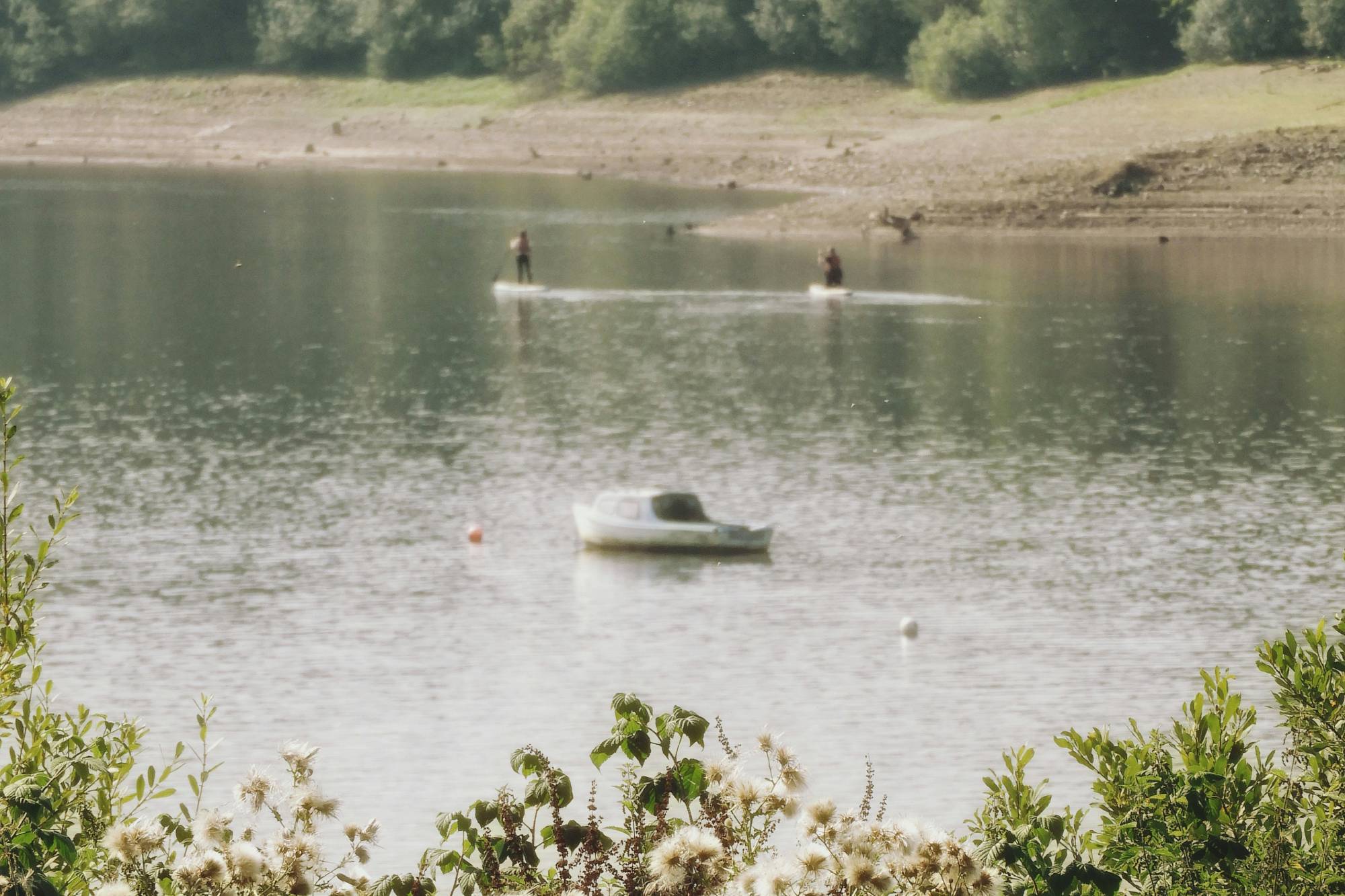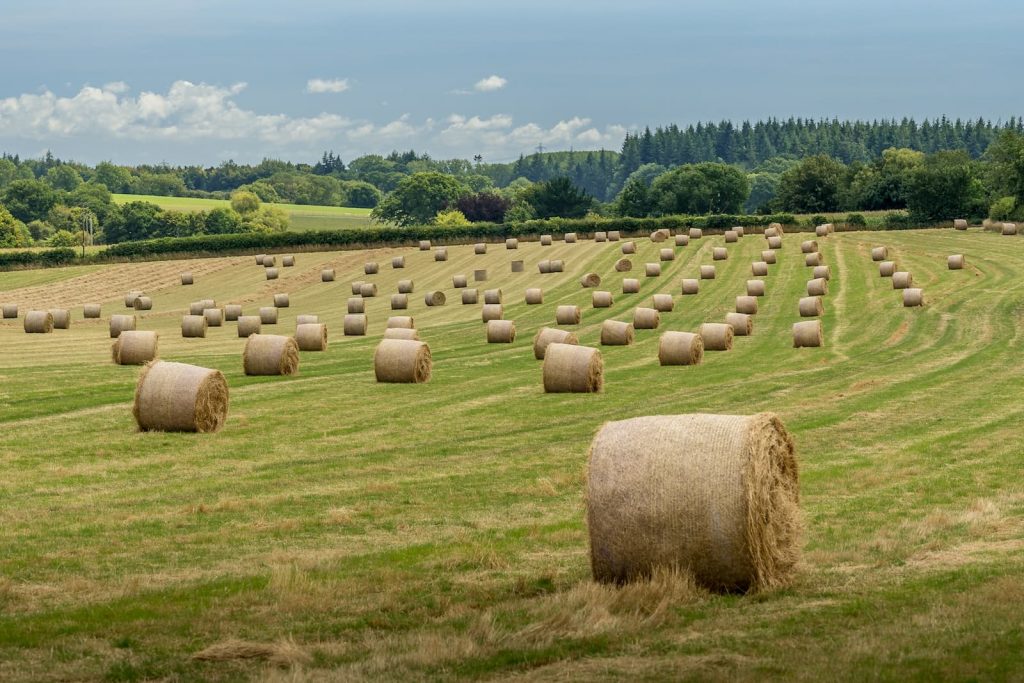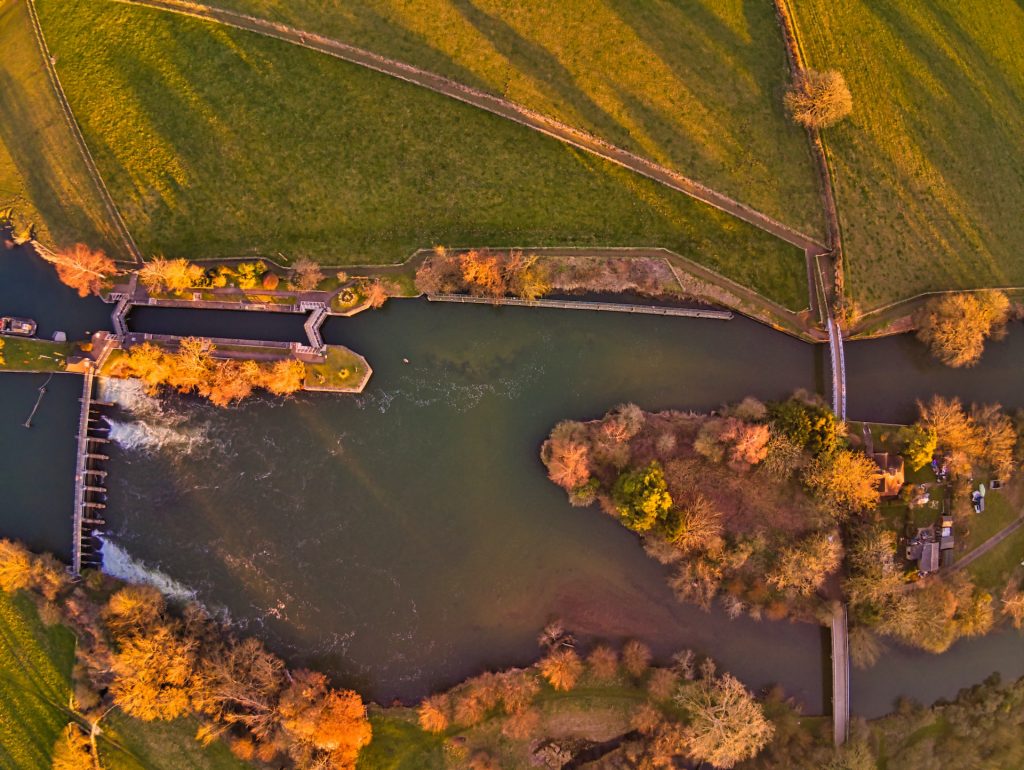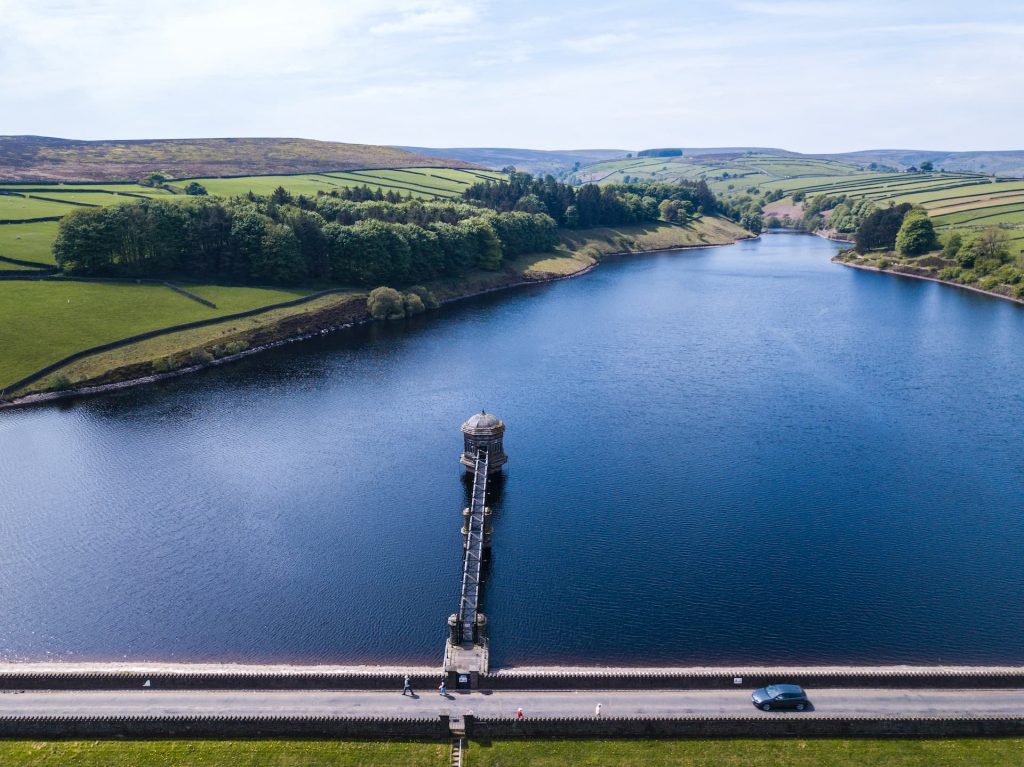Water stress occurs when the demand for water exceeds the available supply. As well as putting a strain on existing resources, this also puts public health and ecosystems at risk.
In addition to dwindling water sources, water stress can also compromise water quality as the increased demand often leads to over-extraction, contamination from pollutants and a reduction in water flow.
Water scarcity is worse than stress, characterised by a lack of sufficient water to meet the needs of a region’s population.
In the past, this has led to restrictions on domestic water use such as the hosepipe bans that are becoming an increasingly common occurrence.
For businesses, particularly those heavily dependent on water such as agriculture, manufacturing and energy production, operational disruptions and increased costs may occur.
Water scarcity can also have a detrimental impact on supply chains, leading to potential shortages of goods and services. Moreover, businesses may encounter regulatory challenges as authorities implement measures to manage water usage and mitigate the impacts of scarcity.
Threat To The UK?
You may be reading this and thinking ‘surely not in the UK’, as we’re lucky to have a consistent supply of water here. However, with increasingly hot summers and severe droughts projected for the coming years, coupled by an ageing water infrastructure, shortages may be a reality if action isn’t taken.
In fact, according to Water Resources East, set up by Anglian Water, if action isn’t taken, the East of England will face water shortage of up to 800 million litres by 2050.
Even more worrying, research carried out by Kingfisher found that seven out of the 17 regions are set to experience “severe” water stress by 2030, rising to 12 regions by 2040.
So with a potential emergency on the horizon, what issues could this create for both businesses and members of the public?
Humanitarian Crisis:
Water scarcity often leads to a humanitarian crisis, affecting communities with limited access to clean and safe drinking water. The consequences are dire, with compromised health, sanitation and the overall quality of life for millions of people negatively affected.
Agricultural Impact:
Agriculture requires a lot of water, which could create considerable challenges if water scarcity becomes a reality. As well as hindering crop growth and reducing yields, this can lead to food insecurity, which could impact our ability to feed the population.
Economic Ramifications:
As well as the health and agricultural challenges, water stress also directly impacts economies. With entire industries reliant on water, if these face disruptions then this is guaranteed to result in increased operational costs and potential job losses.
While these issues are something we’ve often associated with other countries, they could become a reality here in the coming years if something isn’t done about the impending challenges.
Importance Of Saving Water
So now you’re aware of how grave the situation could well be in the coming years, hopefully, you now know why it’s important to try and save as much water as possible.
Here we’ll give you tips to help you do just that, saving not just the water and environment but also some hard-earned cash, which is always a bonus!
Communicate Goals And Reasons
The first step to saving water is getting your staff on board. After all, without their compliance, your efforts will be futile.
The key here is communicating the goals of your water-saving efforts, as well as explaining the reasons behind your decision to go greener.
Where possible, you should always try to include your employees in the decision-making and be sure to share regular updates on your progress with your staff members.
Lead By Example
It isn’t just your staff who need to stick to water-saving measures – you’ll also need to do the same yourself!
If you’re ever trying to convince someone to change their behaviour, the fastest way to delegitimise your argument is by failing to follow your own rules. So encourage your staff to implement these changes by leading by example.
Host Training Days
Sustainability is an ever-evolving landscape with new initiatives all the time, so it pays to stay on top of the current trends and keep your staff updated with what’s current.
Regularly reminding them of the importance of water conservation is also a great way to keep them engaged.
Do this with regular training sessions to educate your staff on the significance of water conservation. Continually remind them of the environmental, financial and societal benefits of saving water which should maintain enthusiasm.
Provide Volunteering Opportunities
Water conservation doesn’t have to start and end in the workplace. Encourage staff to implement their water-saving strategies at home, too.
If you want to go even further, you could encourage staff to participate in community-based initiatives such as river clean-ups, water-saving workshops or local conservation projects.
It all depends on how far you want to go, but there are many different initiatives and projects you and your staff can get involved with.
Compare Water Business Suppliers
If you’re searching for a green water supplier to help you in your water-saving endeavours, here at SwiftSwitch we can help you find just what you’re looking for.
As a water broker, we help you find the perfect supplier by discussing your needs and preferences to whittle down the options and identify the most suitable options.
We then offer detailed information on various water suppliers, tariffs and pricing structures, meaning you’ll have all the data necessary to make an informed choice.
Another benefit of using a broker like us is we stay informed about all of the latest innovations and market developments, and with our finger always on the pulse, we know which suppliers are utilising eco-friendly technologies and initiatives.
So if you want to find the best deals on the market that can help you save water and money, get in touch as we’d be happy to help you switch business water supplier.



